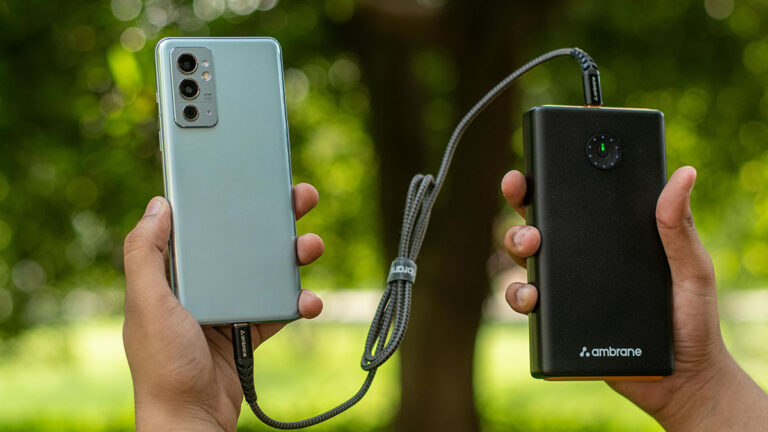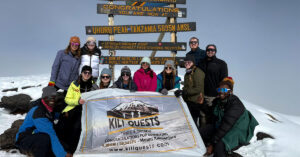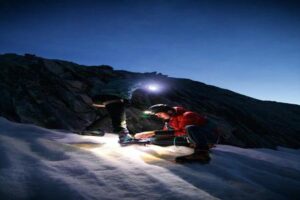
Kilimanjaro Porter Rules: Weight & Responsibilities
Table of Contents How Much Weight Does a Kilimanjaro Porter Carry? | Kili Quests When trekking Mount Kilimanjaro, porters play a crucial role in



Table of Contents How Much Weight Does a Kilimanjaro Porter Carry? | Kili Quests When trekking Mount Kilimanjaro, porters play a crucial role in

Table of Contents Why Choosing an Experienced Kilimanjaro Tour Company Matters for Your Safety and Success | Kili Quests Climbing Mount Kilimanjaro is one of

Table of Contents Kilimanjaro Summit Day Gear Guide | Kili Quests Summit day on Mount Kilimanjaro is the toughest — and most unforgettable —
@2025 Kili Quests. All rights reserved.